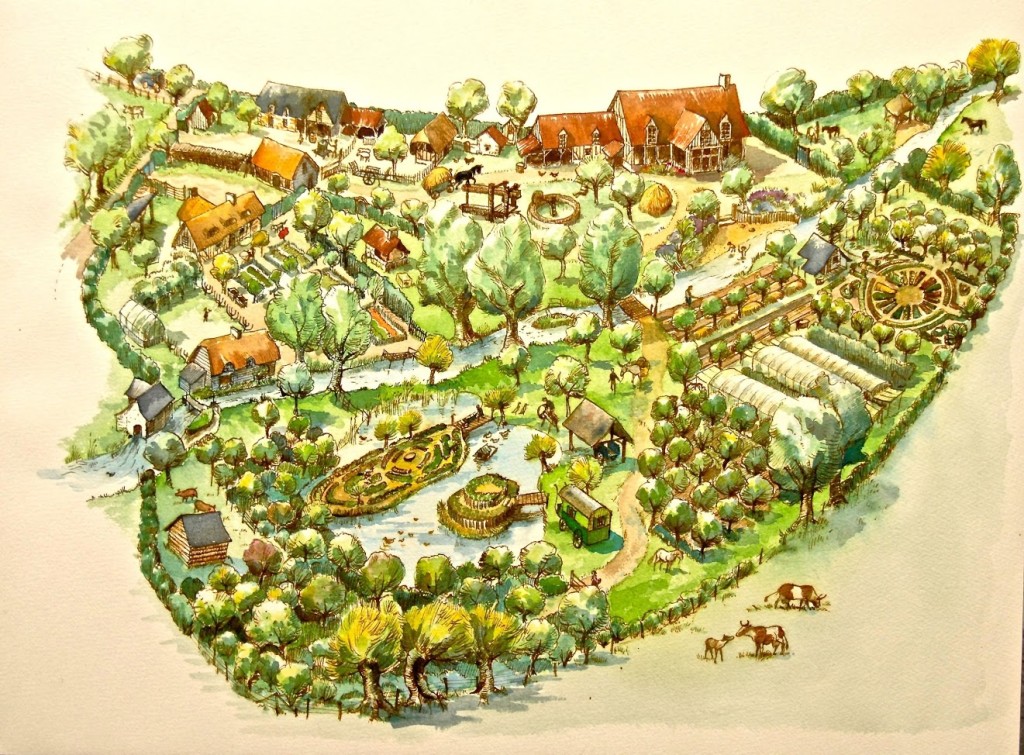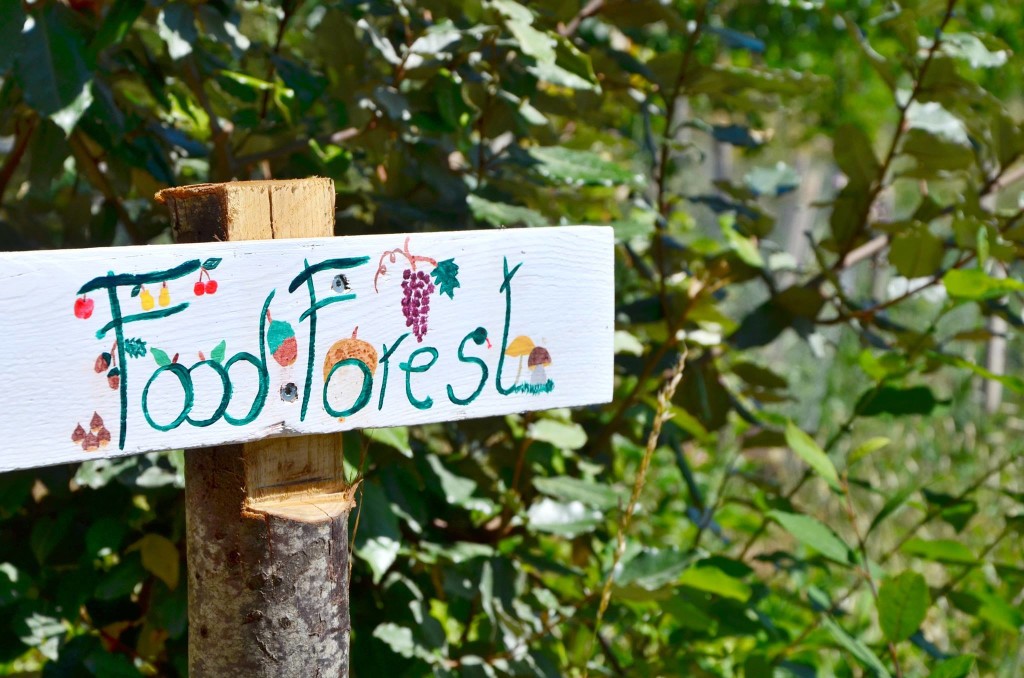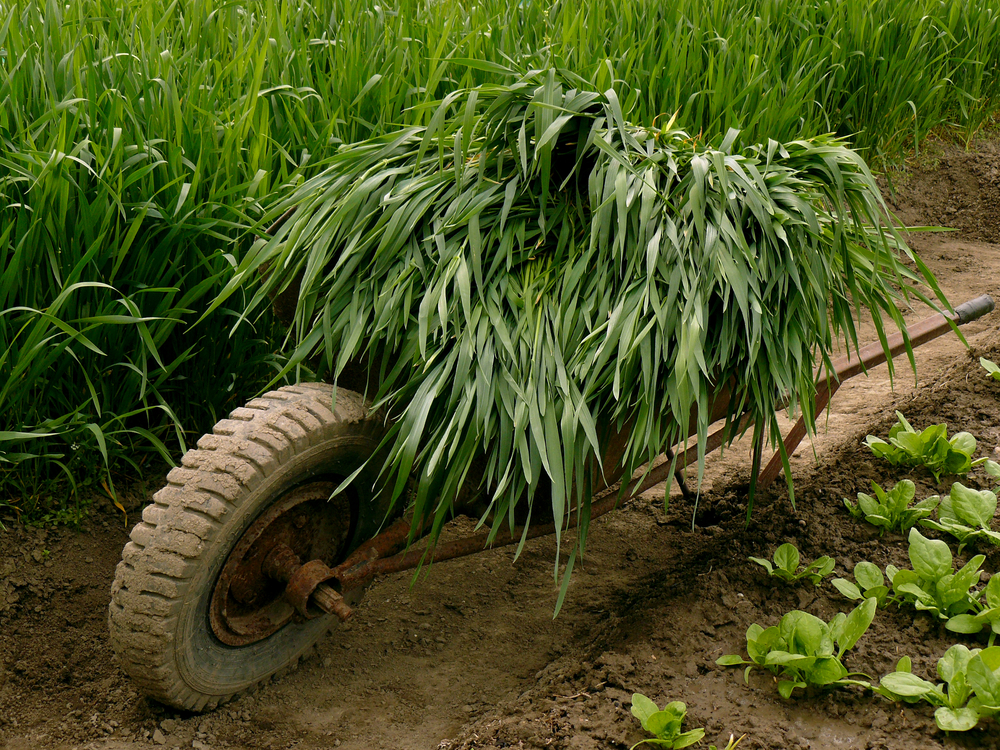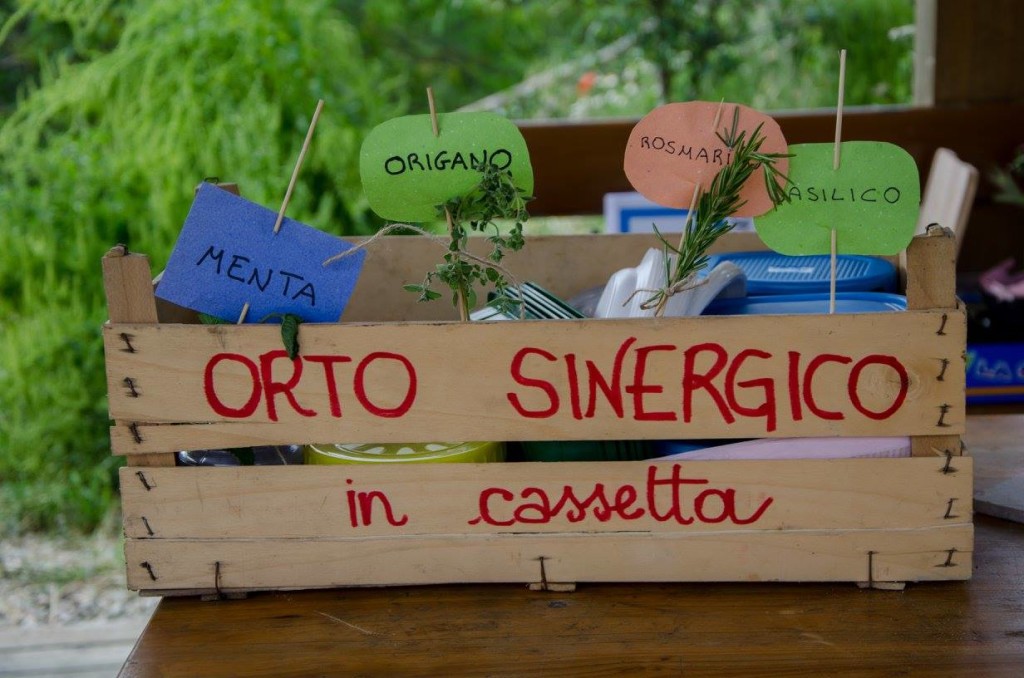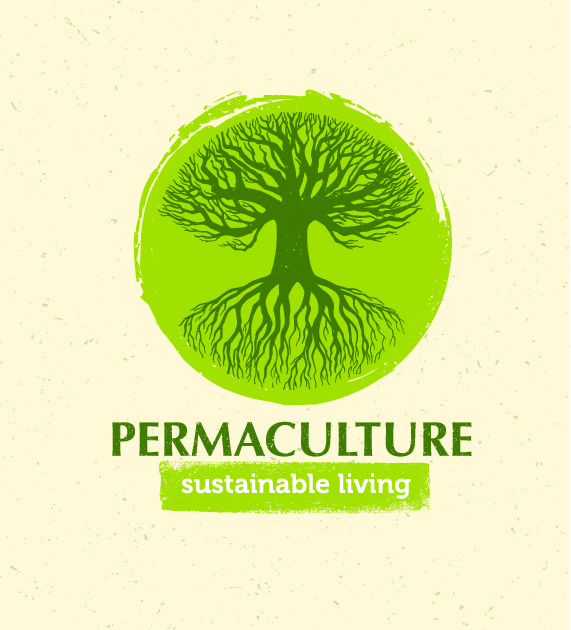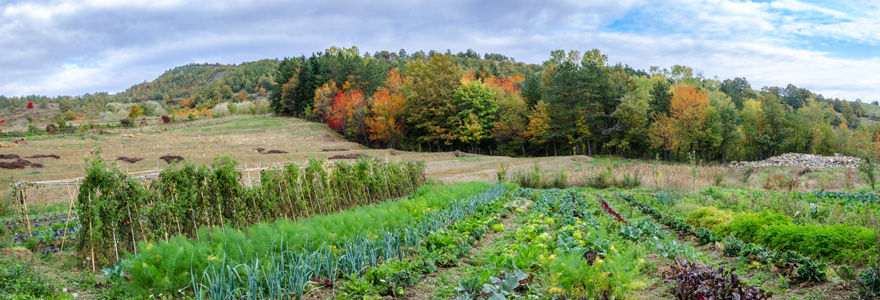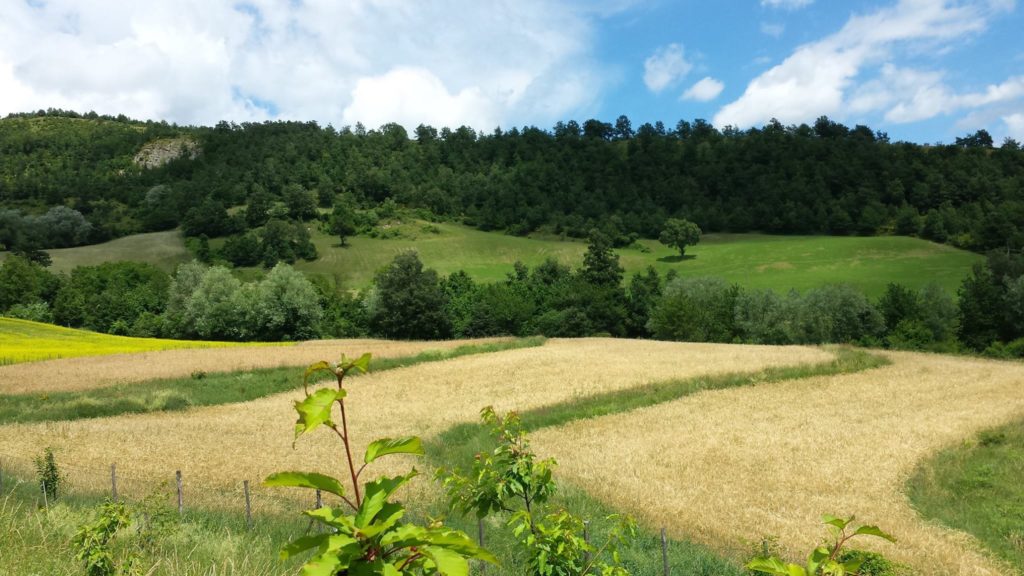A permaculture Garden of Eden
The story of Charles, Perrine and their farm
Miraculous Abundance it’s not only the English title of the book published in 2014 by the French couple Perrine and Charles Hervé-Gruyer, but it’s also the perfect summary of the results of their project and the message they want to send with passion to all of us and to all future generations of farmers. Charles and Perrine’s story is heart-warming and it provides inspiration to those who look for a change and hope to those who see ahead an ever greyer future. But who are Charles and Perrine? And what did they do so special?
SILENT RETREAT: the magic of silence
During our trip to Bali, we found ourselves with a colourful leaflet in our hands describing this place with organic food, yoga and meditation classes, rice fields and jungle…exactly what we were looking for, even though the name suggested even more.
As soon as we got there, they greeted us at a certain distance from the main building and they explained us how everything works during your staying at Silent Retreat. There is only one rule: KEEP SILENT!
How we started a Food Forest in Italy
A Food Forest, also known as Forest Garden, is a multi-purpose and multi-function cultivation system in which trees grown for timber, fruit trees, medical herbs, vegetables, etc. live and grow in synergy with wild plants and animals.
A Food Forest can be created in a corner of our garden or by converting an already existing wood or orchard if we have a wider space available.
Green manuring in Permaculture and Synergistic Agriculture
In Permaculture and Synergistic Agriculture green manuring is a technique for taking care of the soil along with mulch, crop rotation and intercropping and the use of compost.
Green manure crops are cultivated in order to improve soil fertility immediately or once they wither. In this way humus production and soil vitality increase, while loss of nutrients due to rainfalls, soil drying and extreme jumps in temperature are prevented. Moreover, the soil becomes lighter and enriched with nitrogen.
What does synergistic agriculture teach to children?
As we already explained in a previous article, synergistic agriculture is a way of farming that respects nature and at the same time can guarantee healthy and abundant crops. Especially synergistic agriculture promotes the strategy of developing soil self-fertility.
Projects of synergistic vegetable gardens have been started in several Italian schools, including kindergartens, but why a synergistic garden can be turned into a greater educational project? What can synergistic agriculture teach to our children?
5 good reasons for doing Permaculture in Italy
Permaculture was born in Australia in the 1970’s from the intuitions of Bill Mollison and David Holmgren. Despite the peculiarity of the Australian territory, Permaculture’s principles are so universal that they can be applied everywhere and, more importantly, there is no better time to start than the present one. In Italy too, there are many reasons to practice this system or, better said, this “philosophy”, but for now we will only give you 5, which we believe are good enough.
Love for nature and agriculture
With permaculture, farms become natural masterpieces
In the early 1990s, when I was still in elementary school, adults decided that I couldn’t go to school because I wasn’t vaccinated. At that time, I was living with my family in an isolated house in the hills, so I would spend all days with my dogs running in the woods that surrounded the house. I was attracted and in love with the nature that surrounded me. I would jump over the gurgling streams, chase wild animals and pet my big dogs so grateful for the runs we did together.
After about two years, when I returned to school, the time spent in the woods decreased, but my attraction towards nature remained intact. So, when the time came to decide which high school I was going enroll, I chose the Institute for Agriculture and Environment with the idea of becoming a forest ranger when grown up, in order to continue living surrounded by woods.
CAT: Centre for Alternatives Tecnology
The patron saint of Wales, St David, had an enormous respect for nature: the earth was the main source of food for his simple and healthy diet, and he taught his followers the importance of living in harmony with the environment that surrounded them.
In more modern times Gerard Morgan-Grenville founded the Center for Alternative Technology (CAT) in Machyllneth, Mid Wales, which over the years has become the central point of the Welsh environmental movement.
A small introduction to Permaculture
Permaculture is a series of techniques that allow us to design and create long-lasting sustainable human settlements. This approach gives us the chance to turn problems into solutions and see the world through new eyes.
The use of swales in Permaculture
The concept of swale has very ancient origins. In Italy they were used in agriculture also by Etruscans and Romans.
Nowadays swales are are known only by niche or permaculture experts, thanks to whom swales have been reintroduced in Italy in recent years.
Newsletter
ARGOMENTS
- Activities (8)
- Farm products (4)
- Fattoria dell'autosufficienza (39)
- News (63)
- Our models (14)
- Permaculture (23)
- Senza categoria (2)
- Things to do (22)
- Tourist attractions (15)
